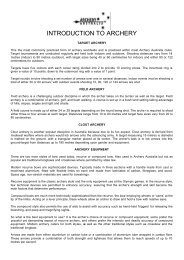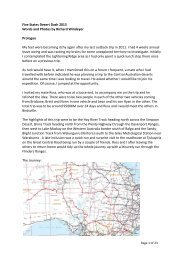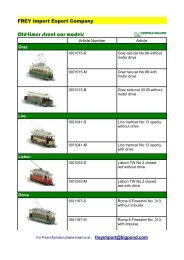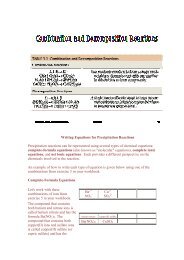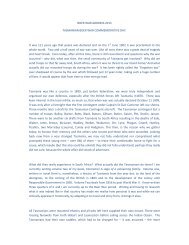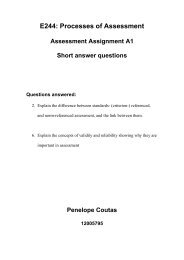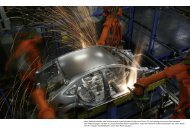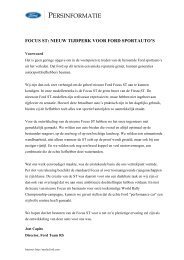TREATING ACIDITY IN COAL PIT LAKES USING SEWAGE AND ...
TREATING ACIDITY IN COAL PIT LAKES USING SEWAGE AND ...
TREATING ACIDITY IN COAL PIT LAKES USING SEWAGE AND ...
Create successful ePaper yourself
Turn your PDF publications into a flip-book with our unique Google optimized e-Paper software.
39<br />
McCullough, Lund and May (2008)<br />
input of Fe 2+ and no SRB activity below pH of 5.5. In this model, the benefits of addition of<br />
organic matter to the sediment would eventually be overcome as the cycle became<br />
established. Other issues that might reduce the effectiveness of this approach to treatment are<br />
large inputs of acidity from the catchment.<br />
Very little bioremediation work has been carried out on mining pit lakes in Australia<br />
(Harries, 1997). As an arid continent, the effects of drought and climate change pose<br />
particular challenges for mining companies as heavy water users such that in some areas<br />
water is becoming as valuable as the ore (P. Lilly, AUSIMM, pers. comm.). Therefore there<br />
is a growing demand for new sources of water to meet a variety of end uses (Doupé &<br />
Lymbery, 2005; McCullough & Lund, 2006).<br />
At CCP, water availability for the operation is a priority concern due to competing demands<br />
for the main water source (Bowen River). Treatment of pit lake water even to only marginal<br />
quality would reduce pressure on other sources of water (including the Bowen River) for uses<br />
such as dust suppression (McCullough and Lund, 2006).<br />
In Chapter 6, we demonstrated in a pilot study in Collinsville that sewage and greenwaste in<br />
combination had the potential to successfully treat GAE mine lake water. The aim of<br />
Experiment 2 in Chapter 7, which was conducted in Perth (under more controlled conditions)<br />
was to demonstrate that the positive effects were reproducible, determine whether reduced<br />
quantities of organic material would be equally effective and investigate the mechanisms<br />
responsible for the improvements more closely. Furthermore in Experiment 1 the sewage<br />
sludge used was from Collinsville Waste Water Treatment Plant. Due to the low production<br />
from the Collinsville Plant, the sludge had been baked in the sun for several months. In<br />
Experiment 2 we wanted to test a combination of sewage from Bowen and Collinsville, as<br />
Bowen sewage is wetter and larger quantities are available.



